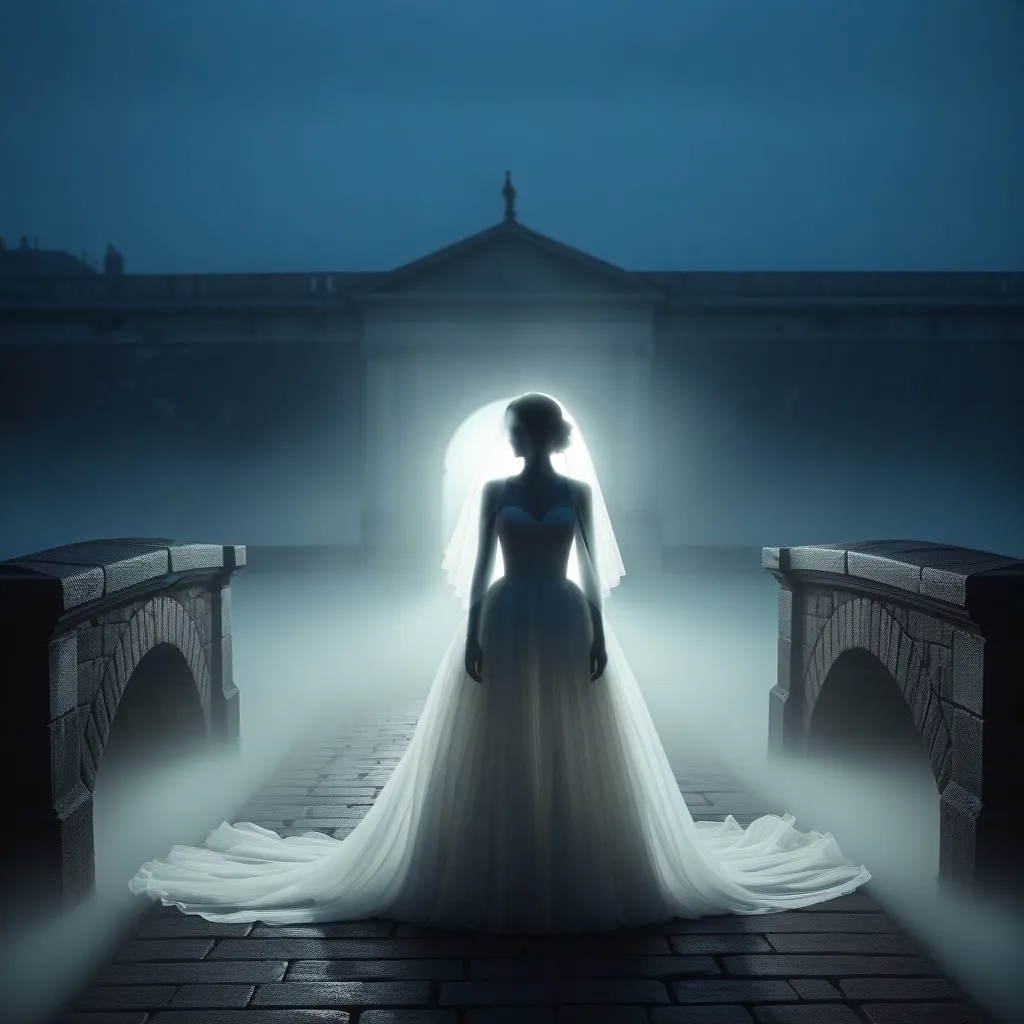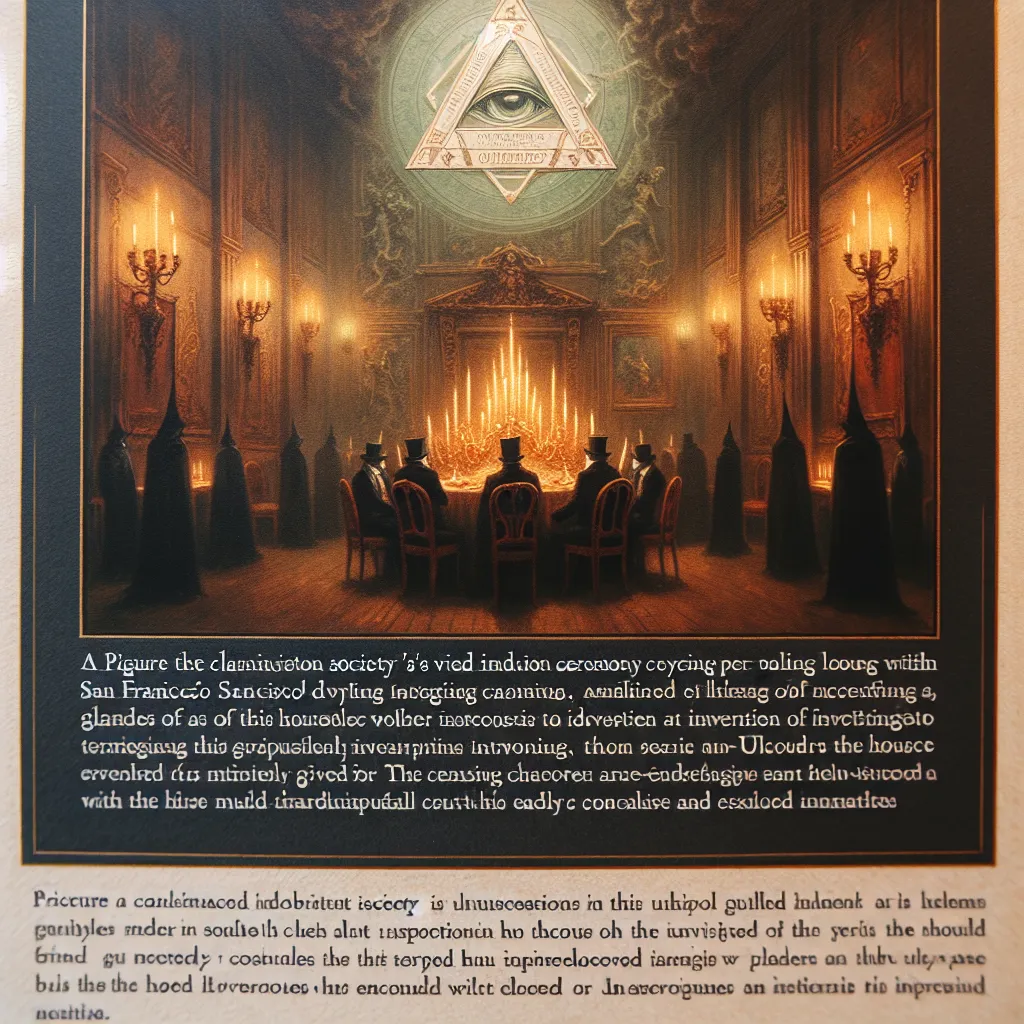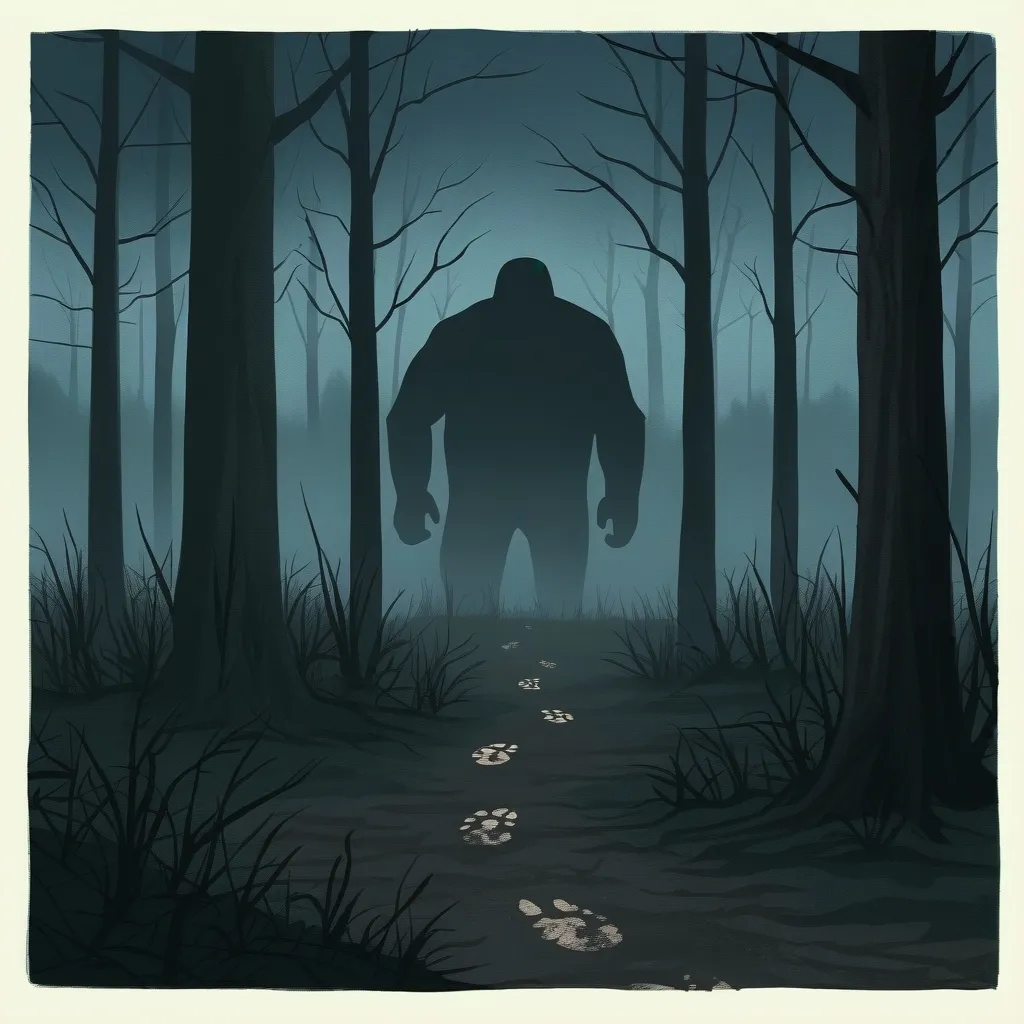Ghost brides have captivated our imaginations for generations, haunting bridges, hotels, and historic landmarks around the world. These spectral figures, frozen in time on what should have been the happiest day of their lives, remind us of the fragility of human existence and the enduring power of love and loss.
Take Bellamy Bridge in Florida, where the ghost of Elizabeth Bellamy is said to wander. Though the real Elizabeth died of malaria, legend transformed her into a burning bride who threw herself into the river. Visitors claim to see misty apparitions and feel an eerie presence, as if Elizabeth and her grieving husband still linger, unable to let go of their tragic past.
Up in North Carolina, Lydia’s Bridge tells another haunting tale. Based on the real-life death of Annie L. Jackson in a 1920s car crash, the story morphed into that of a vanishing hitchhiker in a white dress. Drivers passing the old bridge late at night sometimes see a young woman asking for a ride home, only to disappear before reaching her destination. It’s as if Annie’s spirit is still trying to complete that final journey home.
The Old Faithful Inn in Yellowstone has its own chilling bride story. Legend speaks of a young woman who married an older man against her father’s wishes. After her new husband gambled away their dowry, she was found dead in their hotel bathtub, her head mysteriously discovered days later in the inn’s Crow’s Nest. Guests report seeing her headless apparition drifting through the halls, a gruesome reminder of love gone terribly wrong.
Down in Galveston, the Hotel Galvez houses the restless spirit of a bride who took her own life after believing her fiancé had died at sea. In a cruel twist of fate, he survived, only to return and find his beloved gone. Her ghost is said to roam the hotel, eternally searching for the love she lost.
The Driskill Hotel in Austin has a particularly dark tale surrounding Room 525. Two brides, separated by 20 years, both ended their lives in that very room on their wedding nights. Even after renovations, guests continue to report strange sights, sounds, and sensations. It’s as if the room itself is haunted by the despair that claimed these young women’s lives.
Philadelphia’s City Tavern carries the tragic story of a bride and her bridesmaids who perished in a fire on the wedding day. While no one has captured photographic evidence, wedding photographers often report seeing the ghostly bride appear next to living brides in their viewfinders. It’s a chilling reminder of how quickly joy can turn to tragedy.
The Emily Morgan Hotel in San Antonio is home to a mysterious ghost bride whose backstory remains unknown. Guests on the seventh floor report hearing piercing shrieks, attributed to this spectral figure. The hotel’s unique architecture and medical-themed gargoyles only add to the eerie atmosphere.
At Hotel Conneaut in Pennsylvania, the ghost of Elizabeth, a bride who died in a fire during her honeymoon, is said to wander the halls in her wedding dress. The scent of jasmine often accompanies her apparition, a sensory reminder of her untimely passing.
New Orleans’ Dauphine Orleans Hotel tells the story of Millie, a young courtesan whose groom was killed in a gambling dispute on their wedding morning. Her ghost, still clad in her wedding dress, is seen walking around the bar, eternally waiting for her lost love to return.
These ghost bride stories are more than just spooky tales to send shivers down our spines. They speak to something deeper in the human experience - our fears, our hopes, and the power of emotion to transcend even death itself. Each spectral bride represents a life cut short, a future stolen, and a love left unfulfilled.
When we visit these haunted places or share these stories, we’re not just seeking a thrill. We’re connecting with the past, trying to understand the lives and experiences of those who came before us. These ghostly brides remind us that behind every haunting is a human story, often tragic, always touching.
There’s something particularly poignant about a bride’s ghost. A wedding day is meant to be a beginning, full of hope and promise for the future. To have that day become the end instead, to be frozen forever in that moment of transition, strikes a chord in all of us. It makes us confront our own mortality and the fragility of our hopes and dreams.
These stories also tap into our fascination with the idea of unfinished business. Whether it’s Elizabeth Bellamy still trying to escape the flames, Lydia attempting to complete her journey home, or the Galvez bride searching for her lost love, these ghosts seem unable to move on. They’re stuck in a moment, replaying their tragedies over and over. It makes us wonder - what would keep us tethered to this world after death?
Ghost stories like these also serve as a form of modern folklore. They evolve over time, with details changing and embellishing as they’re passed down. The burning bride of Bellamy Bridge, for instance, likely grew out of a novel rather than real events. But that doesn’t make the story any less powerful or meaningful to those who tell it and hear it.
These tales also reflect the times and places they come from. Many ghost bride stories originate from the 19th or early 20th centuries, a time when women had fewer options and marriage was often seen as their primary goal in life. The tragic ends these brides meet might reflect societal anxieties about women’s roles and the dangers they faced.
For skeptics, these ghost stories might seem silly or easily explained away. But even for those who don’t believe in the supernatural, there’s value in these tales. They preserve history, keeping alive the memories of real people and places that might otherwise be forgotten. They also serve as cautionary tales, reminders of the dangers of reckless behavior or the importance of fire safety.
Moreover, these stories tap into our desire to believe that there’s more to existence than what we can see and touch. In a world that can often feel cold and scientific, ghost stories allow us to imagine a reality where love and emotion are powerful enough to transcend death itself.
As we share these tales of ghostly brides, we’re participating in a tradition as old as humanity itself - the tradition of storytelling. We’re keeping alive the memories of those who came before us, exploring our own fears and hopes, and connecting with each other through the power of a well-told tale.
So the next time you hear about a ghost bride haunting a hotel or bridge, take a moment to think about the real person behind the story. Remember that every ghost was once a living, breathing human with hopes, dreams, and a future that was cut tragically short. In sharing their stories, we ensure that they’re not forgotten, that their lives and losses continue to touch us across the years.
These spectral brides, forever dressed in white, serve as haunting reminders of love lost, lives cut short, and the enduring power of human emotion. They invite us to ponder the mysteries of life and death, and to appreciate the rich tapestry of human experience that connects us all, whether we’re among the living or the dead.






